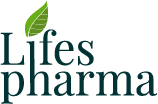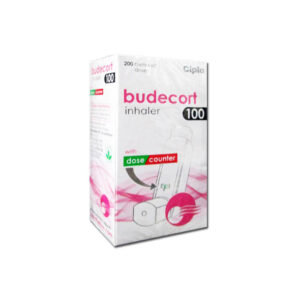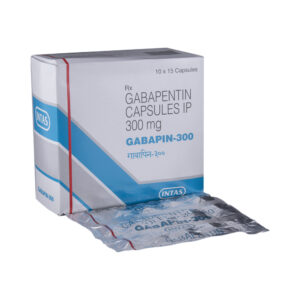Medication Safety Issues
Sound-alike/look-alike issues:
Requip may be confused with Reglan
ROPINIRole may be confused with RisperDAL, risperiDONE, ropivacaine
Generic Available (US)
Yes
Storage/Stability
Store at 68°F to 77°F (20°C to 25°C). Protect from light.
Adverse Reactions
Data inclusive of trials in early Parkinson disease (PD) without levodopa and restless legs syndrome (RLS). Extended-release data from trials in early PD without levodopa. As reported with immediate-release formulation, unless otherwise noted.
>10%:
Cardiovascular: Hypotension (RLS: ≤25%; PD: 2%), orthostatic hypotension (RLS: ≤25%; PD: 6%; extended release: 14%), hypertension (PD: 5%; extended release: 3% to 15%), syncope (PD: ≤12%; RLS: 1% to 2%; sometimes associated with bradycardia)
Central nervous system: Drowsiness (PD: ≤40%; extended release: 8% to 15%; RLS: 12%), dizziness (PD: 40%; extended release: 6% to 10%; RLS: 11%), headache (PD, extended release: 5% to 15%)
Gastrointestinal: Nausea (PD: 60%; RLS: 40%; extended release: 10% to 33%), vomiting (PD: 12%; extended release: 10%; RLS: 11%)
Infection: Viral infection (PD: 11%)
Neuromuscular & skeletal: Asthenia (PD: 16%; RLS: 9%), back pain (PD, extended release: 5% to 15%)
1% to 10%:
Cardiovascular: Lower extremity edema (PD: 7%), dependent edema (PD: 6%), chest pain (PD: 4%), flushing (PD: 3%), palpitations (PD: 3%), peripheral ischemia (PD: 3%), atrial fibrillation (PD: 2%), extrasystoles (PD: 2%), peripheral edema (RLS: 2%), tachycardia (PD: 2%)
Central nervous system: Pain (PD: 8%), confusion (PD: 5%), hallucination (PD: 5%), narcolepsy (PD, extended release: 5% to 10%), hypoesthesia (PD: 4%), amnesia (PD: 3%), paresthesia (RLS: 3%), yawning (PD: 3%), lack of concentration (PD: 2%), vertigo (2%)
Dermatologic: Diaphoresis (PD: 6%), hyperhidrosis (RLS: 3%)
Gastrointestinal: Dyspepsia (PD: 10%; RLS: 4%), abdominal pain (PD: 6% to 7%; includes immediate release and extended release), constipation (PD, extended release: 5%), diarrhea (RLS: 5%), xerostomia (PD: 5%; RLS: 3%), anorexia (PD: 4%), flatulence (PD: 3%), upper abdominal pain (RLS: 3%)
Genitourinary: Urinary tract infection (PD: 5%), impotence (PD: 3%)
Hepatic: Increased serum alkaline phosphatase (PD: 3%)
Infection: Influenza (RLS: 3%)
Neuromuscular & skeletal: Increased creatine phosphokinase in blood specimen (PD, extended release: 10%), arthralgia (RLS: 4%), limb pain (RLS: 3%), muscle cramps (RLS: 3%), hyperkinetic muscle activity (PD: 2%)
Ophthalmic: Visual disturbance (PD: 6%), eye disease (PD: 3%), xerophthalmia (PD: 2%)
Respiratory: Nasopharyngitis (RLS: 9%), pharyngitis (PD: 6%), rhinitis (PD: 4%), sinusitis (PD: 4%), bronchitis (PD: 3%), cough (RLS: 3%), dyspnea (PD: 3%), nasal congestion (RLS: 2%)
<1%: Pleural effusion
Postmarketing: Aggressive behavior, agitation, behavioral problems, delirium, delusion, disorientation, heart valve disease, impulse control disorder (Bastiaens 2013; Corvol 2018), interstitial pulmonary disease, mental status changes, paranoid ideation, pleuropulmonary fibrosis, psychiatric disturbance, psychosis
–






